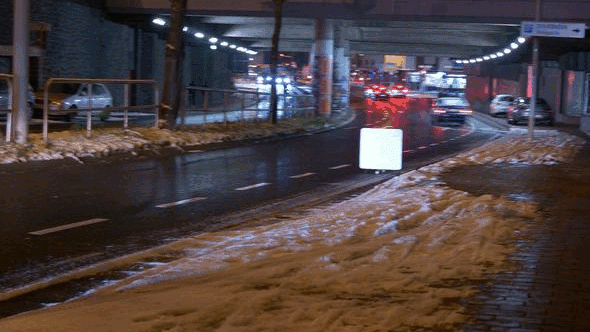Predicted Acceptance
Mixed Media
How do these strongly structuring symbols, created for the common good, intervene in our society as a collective? According to what criteria are security systems or guidance systems developed? What role does efficiency play in relation to security? These are just a few questions I have been asking myself for some time. The purposeful development of natural spaces in our surroundings, even outside the cities in the countryside, down to the smallest corners, even of our spheres of thought, even in virtual space, are due not least to digitalisation, the new possibilities of mapping and surveying that come with it. Another component in the planning of guidance systems is the will to make predictions about the variables of our movement or decision-making behaviour. Through more efficient simulations, these variables are becoming increasingly reproducible, making each individual a part of a large cybernetic system. Based on texts on Gustav Le Bon, "Mass and Power" and Gabriel Tarde, I deal with masses and collective phenomena on the borderline of psychology and sociology. Over time, I have become increasingly immersed in theories on the organisation of institutions for societies. Specifically, I am interested in the adaptability of a society's needs in relation to the danger of the tendency to develop purely as an end in itself, in evolved institutions. Concepts such as security, efficiency, transparency, as well as participation form large areas of discussion that are negotiated over and over again. The instruments of a state for the organisation of societies make themselves directly perceptible to everyone in a developed infrastructure. Every day, societies are confronted with the modern infrastructure of our time. The more complex their functional fields become, the more society's dependence on the instruments created and their managing institutions increases. With their instruments, the managing institutions form the bridge to society. The instruments represent the materialisation of the social contracts previously negotiated by society's representatives. The design and implementation of the instruments, i.e. the question of how, suggests that it is precisely at this point in the process of organising society that a difference arises between a should and an actual. In the local area, this can lead to everything from unfinished bridges to wrongly signposted roads. These are just two small examples that everyone has certainly noticed from their personal everyday life. These misunderstandings or process errors, however, force us again and again to improvise solutions ourselves in this huge cybernetic system. The first irritation one experiences when encountering such a process error is an essential starting point for my work. To every sign, we ourselves set an expectation to show us a given behaviour, which we have to perform on the spot, otherwise we come into conflict with the infrastructure surrounding us. The banality of the preceding examples merely exemplifies a principle that can be transposed to all communicative acts of legislative, judicial and executive institutions.
Therefore, I have decided to transport the principle through the use of white street signs. The authority of geometry remains. However, the concrete instruction is omitted. In addition, the viewer moves into a position of a bird's eye view of projections from video games, so-called construction simulations. What can be seen are landscapes criss-crossed by roadways on which people move as if on rails.






